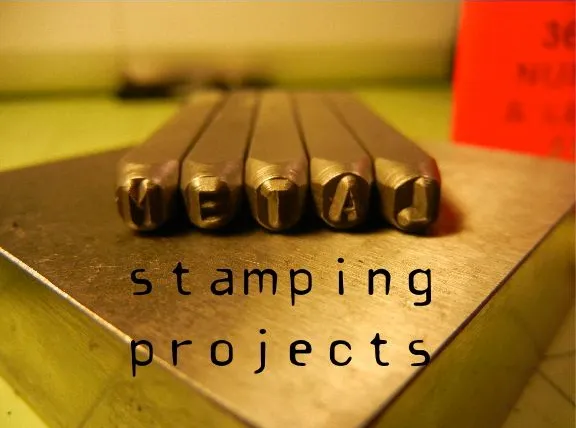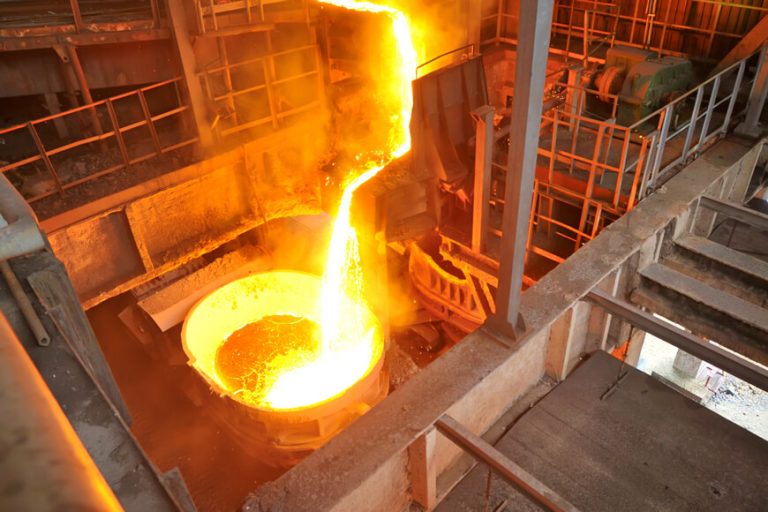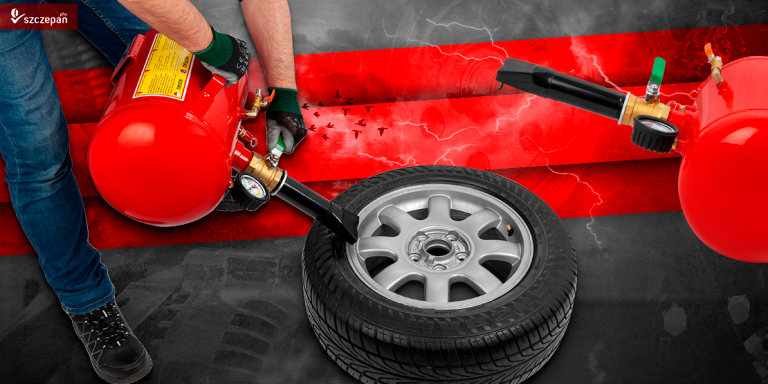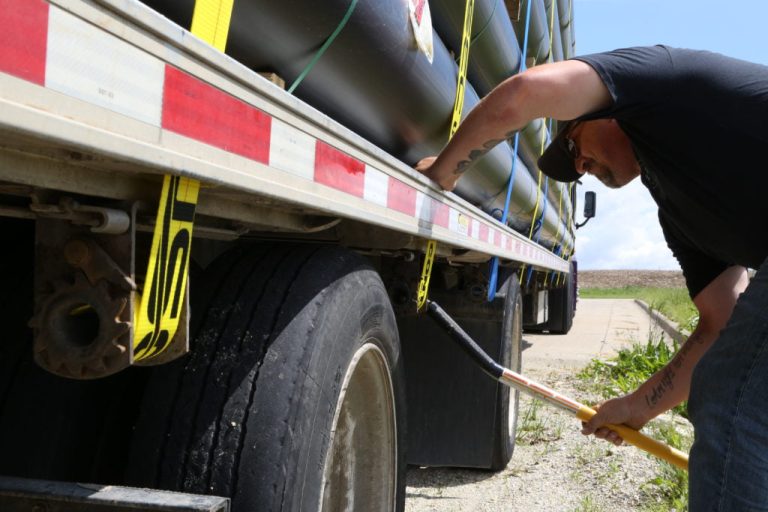Sheet Metal Stamping vs. Metal Fabrication: Choosing the Right Process
When manufacturing metal parts and components, it’s essential to select the right process that suits your specific requirements. Two commonly used methods are sheet metal stamping and metal fabrication. While these terms are sometimes used interchangeably, they actually involve distinct manufacturing processes with significant differences. In this article, we’ll explore the disparities between sheet metal stamping and metal fabrication, helping you make an informed decision for your manufacturing needs.
Understanding Sheet Metal Stamping
Sheet metal stamping is a cost-effective fabrication process that utilizes dies, punches, and various tools to shape the sheet metal into the desired component. This process is suitable for large production runs and can be conducted in a single or multiphase manner. Multiphase or progressive die stamping involves pulling a strip of metal through a tool, where each tooling station performs different punches, cuts, or bends. As the metal part progresses through the stations, it gradually takes shape, ultimately resulting in a finished product.
Advantages of Sheet Metal Stamping:
- Cost-effectiveness: Sheet metal stamping offers a lower cost per piece, particularly for larger production runs.
- Complex designs: This process allows for the creation of intricate and complex designs.
- High repeatability: Sheet metal stamping ensures consistent and highly repeatable results.
- Secondary processing options: Additional processing, such as coating or finishing, can be easily incorporated into the stamping process.
When considering sheet metal stamping, it is an ideal choice for high-volume production runs and parts with complex designs. However, it’s important to note that tooling expenses and longer preparation periods may contribute to overall costs.
Exploring Metal Fabrication
Metal fabrication encompasses a broader range of manufacturing processes, including cutting, bending, punching, and shaping metal materials. It often involves more labor-intensive practices and longer production times compared to sheet metal stamping. Metal fabrication allows for the removal or alteration of materials to shape metal parts. For instance, processes like laser cutting and shearing can be employed to create cutouts or holes, while stretching and bending techniques alter the metal’s shape.
Advantages of Metal Fabrication:
- Rapid prototyping: Metal fabrication enables quick prototyping and iterative design adjustments.
- Versatile fabrication techniques: Processes like laser cutting and shearing provide flexibility and adaptability.
- Customization options: Metal fabrication allows for diverse customization possibilities to meet specific needs.
- Design adjustments: Design modifications can be easily implemented during the fabrication process.
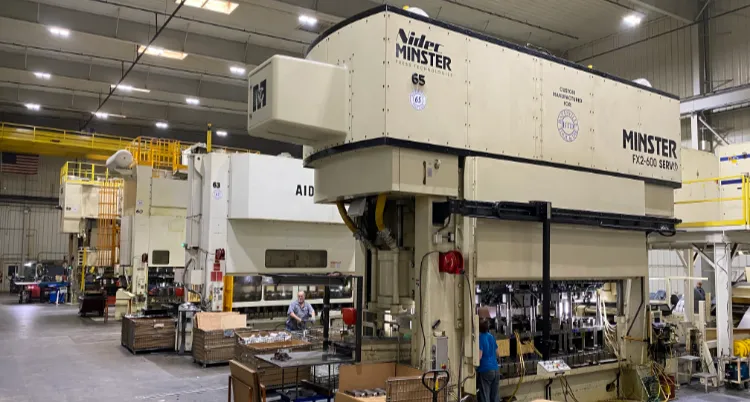
Metal fabrication is particularly suitable for applications that require rapid prototyping, low-volume production, and customization options. However, it generally involves higher material costs, and longer production periods, and may not be suitable for highly complex designs or high-volume production runs.
Combining Sheet Metal Stamping and Metal Fabrication: Introducing Geosynthetic Material
In recent years, the integration of geosynthetic material has revolutionized metal manufacturing processes. Geosynthetics are synthetic materials engineered to enhance the performance of civil engineering and construction applications. These materials, which include geotextiles, geomembranes, geogrids, and geocomposites, offer numerous advantages such as improved durability, increased strength, and enhanced environmental sustainability.
By incorporating geosynthetic materials into sheet metal stamping and metal fabrication processes, manufacturers can achieve superior product performance, increased longevity, and enhanced resistance to external factors like corrosion and weathering. Geosynthetics provide additional reinforcement and protection, making them a valuable addition to metal manufacturing applications.
